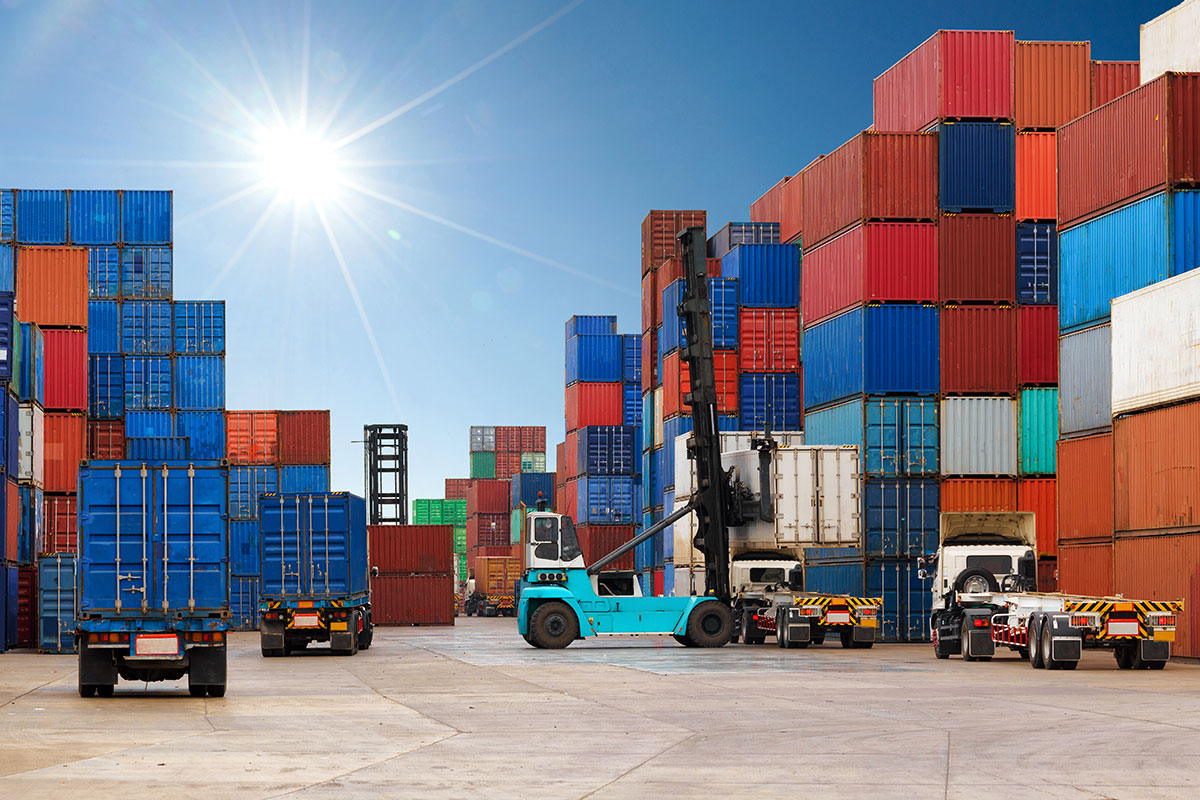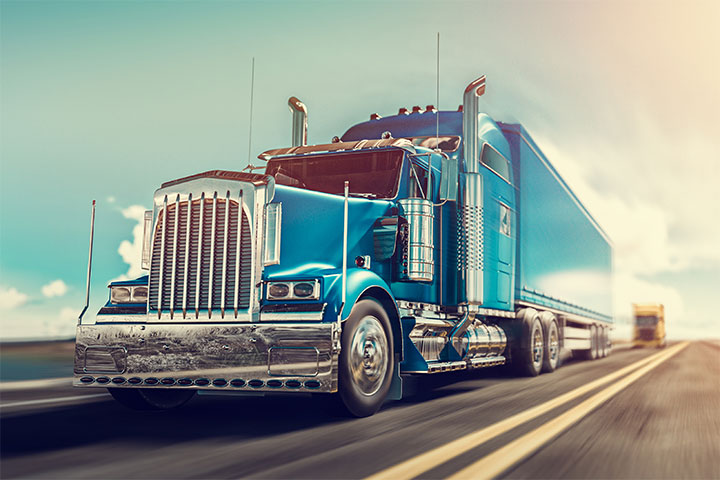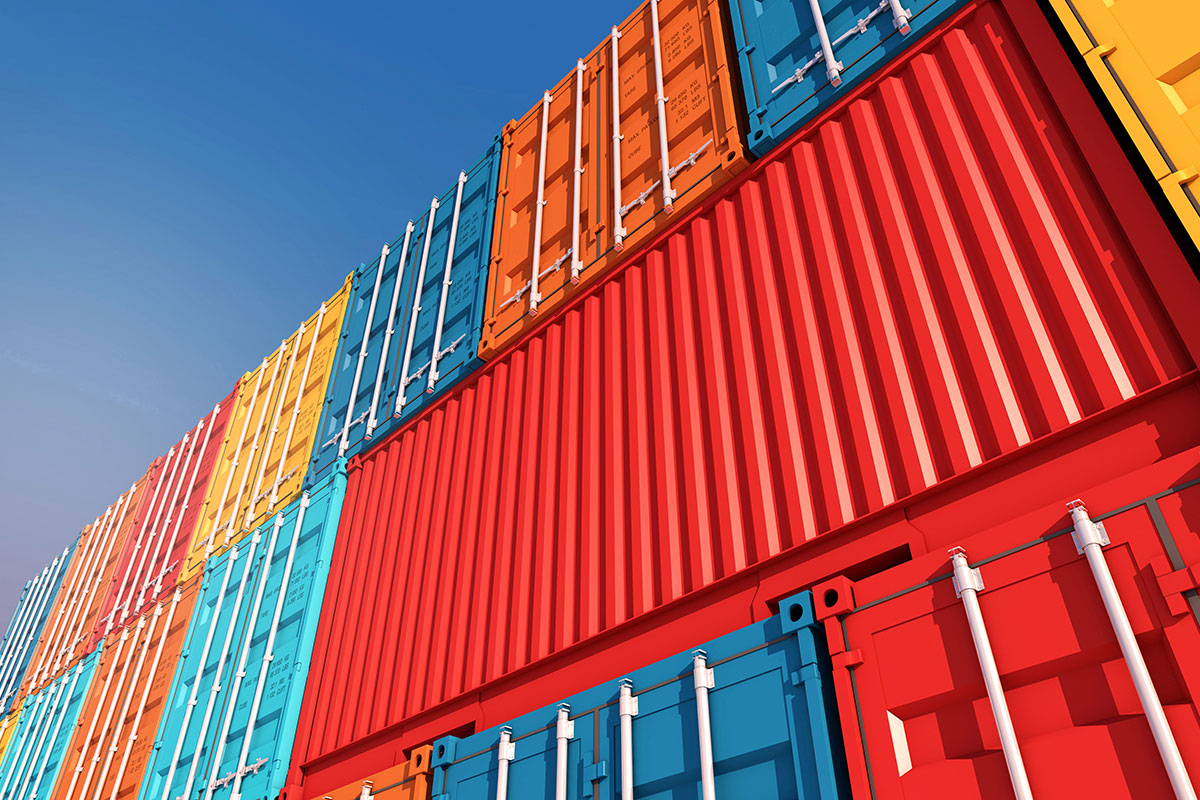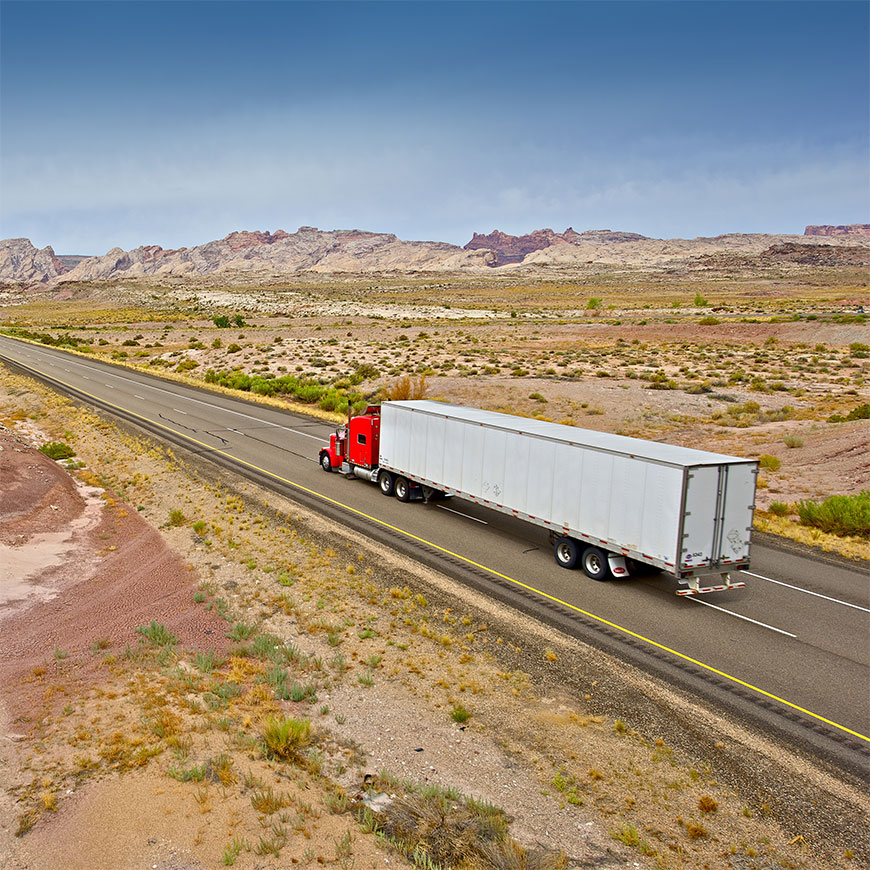Globax news
Blog
How Technology is Revolutionizing the Shipping and Logistics Industry

- Automated Warehouses: Advanced robotics and automation are revolutionizing warehouse management. Automated storage and retrieval systems (AS/RS) and robotic pickers are used to quickly locate, pick, and package products, improving efficiency and reducing the time it takes to fulfill an order.
- Self-Driving Vehicles: Autonomous trucks and delivery vehicles are being developed to revolutionize shipping and reduce the cost of transportation. Self-driving trucks can operate for long hours without the need for breaks, potentially lowering shipping times for long-distance deliveries.
- Automated Sorting Systems: At distribution centers, automated conveyor belts and scanners sort packages according to their destination. These systems speed up the sorting process, ensuring that shipments are directed to the right locations with minimal delays.
- Demand Forecasting: AI systems can predict future demand based on historical data and market trends. This allows businesses to manage inventory more effectively, avoiding both stockouts and overstocking. With better demand forecasting, companies can reduce storage costs and ensure timely deliveries.
- Route Optimization: AI-driven route optimization tools analyze traffic conditions, weather forecasts, and other variables to determine the most efficient delivery routes. This helps businesses minimize delivery times and fuel consumption, leading to lower shipping costs and a reduced environmental impact.
- Predictive Maintenance: AI can be used to monitor the condition of delivery vehicles and other equipment in real-time. Predictive maintenance systems can detect potential issues before they lead to breakdowns, reducing downtime and keeping the supply chain running smoothly.
- Blockchain:
Enhancing Transparency and Security
- Supply Chain Transparency: With blockchain, every step of a product’s journey can be recorded on a decentralized ledger, from manufacturing to final delivery. This creates a transparent and immutable record that can be accessed by all stakeholders, including manufacturers, shippers, and customers. It also ensures accountability and reduces the risk of fraud or tampering.
- Smart Contracts: Blockchain enables the use of smart contracts, which automatically execute terms of an agreement when predefined conditions are met. For example, payment for a shipment could be automatically released once the goods are confirmed as delivered, reducing paperwork and improving efficiency.
- Enhanced Security: By using blockchain, businesses can ensure the security of sensitive data, such as shipping details and customer information. Blockchain’s decentralized nature makes it highly resistant to hacking and data breaches.
- The Future of Delivery:
Drones and Autonomous Vehicles
- Drone Deliveries: Drones are being tested by companies like Amazon and UPS to deliver small packages to customers’ doorsteps. Drones can navigate directly to delivery locations, bypassing traffic and reducing delivery times. Although regulatory challenges remain, the potential for drone deliveries is enormous.
- Autonomous Delivery Robots: On the ground, autonomous robots are being used to deliver packages in cities and university campuses. These robots can navigate sidewalks and cross streets to bring packages directly to customers’ doors. Autonomous delivery robots offer a glimpse into the future of urban logistics.
- Real-Time Package Tracking: GPS tracking systems allow customers to monitor the status of their package in real time, from the moment it leaves the warehouse until it arrives at their doorstep. This transparency builds trust and reduces customer anxiety about delivery times.
- Delivery Notifications: Customers now receive notifications at every step of the delivery process, including when their order is packed, shipped, out for delivery, and delivered. This level of communication keeps customers engaged and reduces the likelihood of missed deliveries.
- AI-Powered Chatbots: To handle customer inquiries efficiently, many logistics companies are using AI-powered chatbots. These chatbots can quickly provide answers to common questions about delivery status, return policies, and shipping rates, improving customer satisfaction.
- Electric Delivery Vehicles: Electric vehicles (EVs) are becoming more common in urban delivery fleets. EVs produce zero emissions, making them a more environmentally friendly option for last-mile deliveries.
- Sustainable Packaging: Companies are also focusing on reducing packaging waste by using recyclable and biodegradable materials. This not only helps the environment but also resonates with eco-conscious consumers.
- Carbon Offsetting: Some logistics providers are offering carbon-neutral shipping options by investing in carbon offset programs. These programs help to balance the emissions produced during transportation by supporting environmental initiatives like reforestation.
The shipping and logistics industry is undergoing a massive transformation, thanks to rapid technological advancements. From AI-powered automation to real-time tracking and drone deliveries, innovations are revolutionizing how goods move from point A to point B. As e-commerce continues to thrive and customer expectations rise, businesses are looking for ways to streamline operations, reduce costs, and enhance delivery speeds. In this blog post, we’ll explore some of the key technological advancements shaping the future of shipping and logistics.
The Rise of Automation in Logistics
Automation is reshaping every aspect of logistics, from warehousing to transportation. Automated systems help businesses operate more efficiently by reducing manual labor, minimizing human error, and speeding up processes.
The Role of Artificial Intelligence (AI) in Shipping
Artificial intelligence is playing an increasingly important role in logistics. By analyzing vast amounts of data, AI algorithms can optimize every step of the supply chain, improving efficiency and reducing costs.
Blockchain technology is gaining traction in the shipping and logistics industry due to its ability to provide secure, transparent, and tamper-proof records of transactions and shipments.
One of the most exciting innovations in the logistics industry is the use of drones and autonomous vehicles for last-mile deliveries. These technologies have the potential to dramatically reduce delivery times and costs, particularly in urban areas where traffic congestion can be a major issue.
Real-Time Tracking and Enhanced Customer Experience
With the rise of e-commerce, customers expect more than just fast shipping — they also want to be kept informed throughout the delivery process. Real-time tracking technology has become a vital tool for improving the customer experience.
Sustainable Shipping Solutions
As concerns about climate change grow, the shipping and logistics industry is under increasing pressure to adopt more sustainable practices. Many companies are now investing in green technologies and alternative fuels to reduce their environmental impact.
Conclusion
The shipping and logistics industry is on the brink of a technological revolution. From automation and AI to blockchain and drones, new technologies are transforming how goods are moved across the world. As these innovations continue to evolve, businesses must stay ahead of the curve by adopting the latest tools and strategies to remain competitive in an increasingly fast-paced market. By leveraging technology, companies can optimize their logistics operations, reduce costs, and provide a seamless delivery experience for their customers.






























